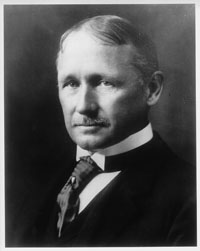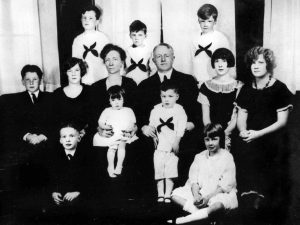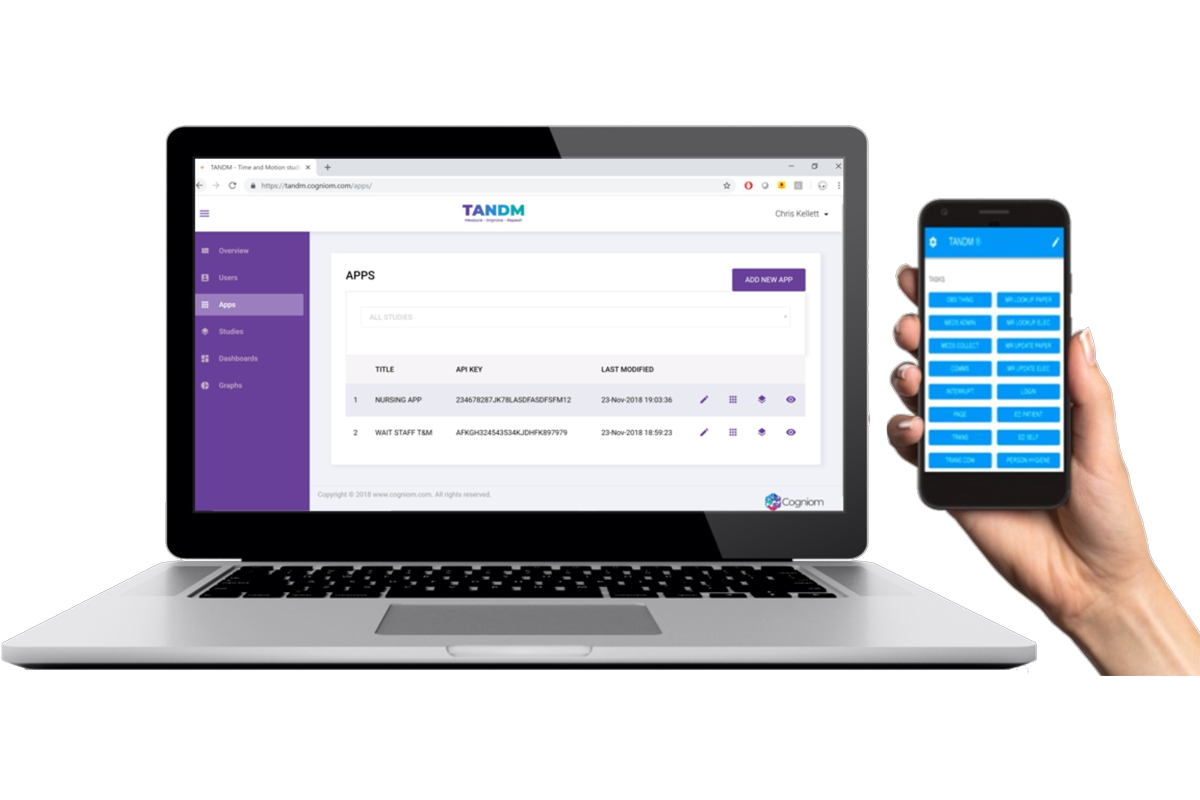Let’s take a trip back in time.
No pun intended.
It’s the turn of the 20th Century. The United States was in the middle of the “Progressive Era” when social activism and political reform were widespread. The Industrial Revolution had swept the nation and now the people wanted to fix it.

Meet Frederick Winslow Taylor. It’s 1911 and he has become one of the first management consultants seeking to improve industrial efficiency.
He wrote the now voted ‘most influential management book of the 20th century’: “The Principles of Scientific Management”.
Basically, he worked to establish standardised times for completing task
Now Meet Frank Bunker Gilbreth, his wife Lillian and their 12 children. Yes, 12.
Both industrial engineers, Frank and Lillian worked towards establishing the most effective method of completing a task.

The combination of Mr Taylor’s Time Study and the Gilbreth’s study of motion has become widely accepted as the de facto method to improve and upgrade workflows and procedures.
Fast forward to today and we see time and motion studies being conducted across many industries. Automotive, education, retail have all embraced Time and Motion studies, and the healthcare industry is no different. Recently, the introduction of innovative technologies has brought a change in how healthcare is delivered. Time and Motion studies are now conducted to ascertain the total number of tasks and their individual time frames of each nurse or clinician. By gauging a baseline of daily operations during a shift, the collected data enables medical facilities to implement new programs and solutions. This allows nurses and clinicians to spend larger periods directly caring for their patients. In fact, some wards recorded a 50% increase in patient face time and a significant decrease in the instance of medication errors, emergency codes and falls.*
Up until now such studies, especially within a medical environment, have been labour intensive, time consuming and expensive. Often, several weeks are required after a study is concluded for the data to be analysed and reported. Management often can’t tailor the report to suit their needs and data instantly starts becoming outdated by the time it is received.

Last month, we launched our TANDM Suite. (Time AND Motion; see what we did there)
and already it’s seeing significant traction. We have adapted those same study principals and brought it into the digital age.
Now, we can put data in the hands of management teams almost instantly; revolutionising how medical facilities understand what is happening on ward floors, stay technologically current, work closer with staff to achieve higher job satisfaction and ultimately improve patient care.

We’re working towards helping nurses and technology work in TANDM.
We might be biased, but we think Mr Taylor and the Gilbreths (and their 12 children) would think this is pretty neat.





